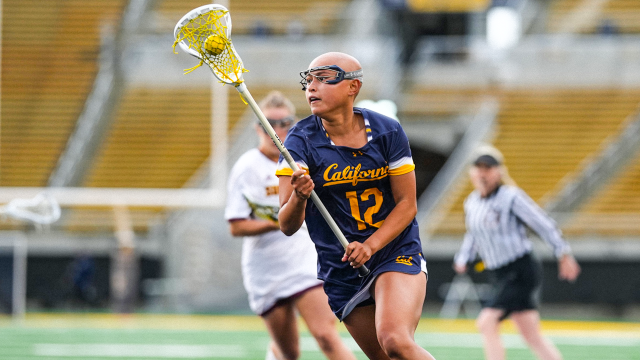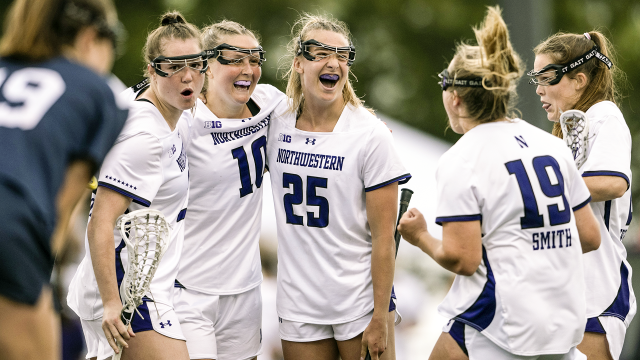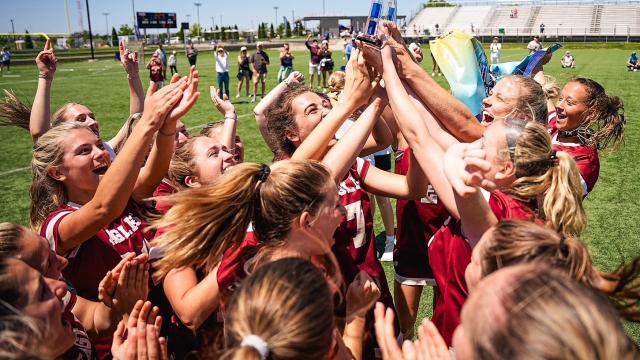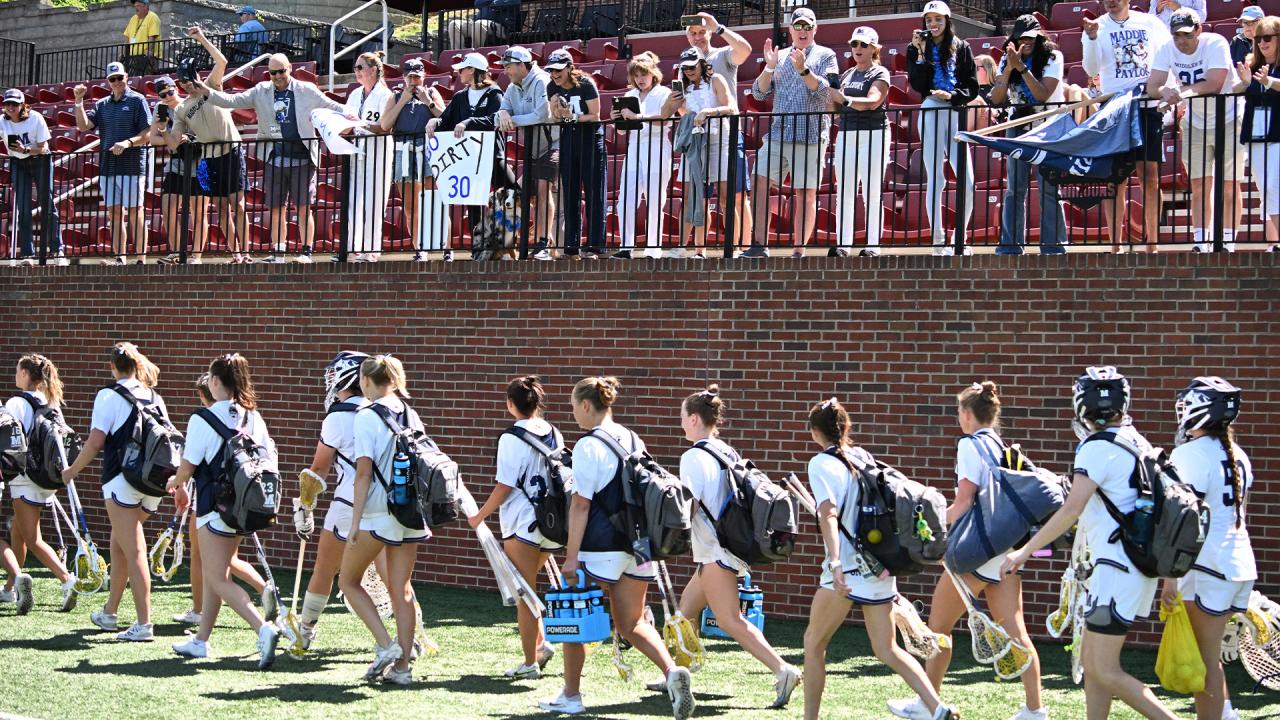
Viral Moment Opens Conversation on Improved NCAA Championship Experience
The Tufts men’s lacrosse team celebrated a dominant victory in the 2025 Division III men’s NCAA championship game at Gillette Stadium in Foxborough, Mass. The game was sandwiched between the Division I men’s championship, which drew 32,512 fans, and the Division I women’s championship, which drew a record crowd of 14,423.
Earlier in the day, 670 miles southwest in Salem, Va., the Tufts women’s lacrosse team also played for a national championship, losing by one to rival Middlebury.
While the men played at the home of the NFL’s New England Patriots, the women were on the campus of Roanoke College at a venue whose listed seating capacity is 1,400 fans.
“We were left out,” Tufts head coach Courtney Shute said, referring to not being a part of a weekend in Massachusetts with a festival feel.
After the loss to Middlebury, Shute was asked what it meant to see a number of alums in the crowd supporting the team. Shute complimented the city of Salem before calling out the inequality of the experience when compared to the men’s team.
“This is a hard place to get to, and the NCAA needs to do something about the accessibility of the championship,” she said as her players nodded silently while sitting next to her. “We had an incredible crowd, but our men are playing for a national championship in front of all their alums tonight, and that’s an issue.”
Shute said there were four women’s lacrosse alums at their game compared to the hundreds Shute said reached out and said they “would have been there in a major city.”
“I think such a big part of the experience that our men get to experience is the amount of support they feel physically,” she said over a week after her postgame remarks. “The number of people that can show up to their championship wearing our team’s colors is very different. To me, that’s exactly what we’re talking about. The feeling of the experience is very different.”
Karen Henning, the head coach at Colby, had a similar concern, as she said only six alumni were able to attend their game, one of which was a parent of a child playing, even though it was the first time the program ever reached the national semifinals.
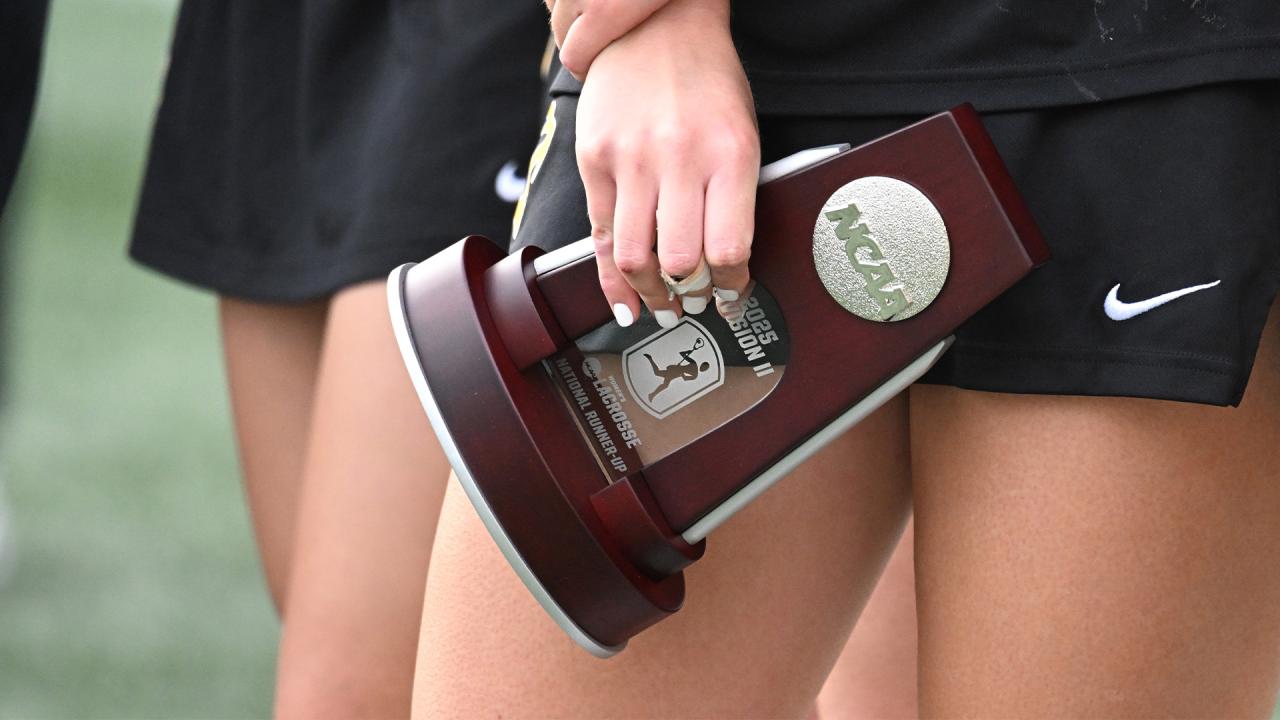
While the sound bite from Shute’s press conference was spread across social media, it wasn’t a new conversation. What Shute, the other three coaches from the teams in the semifinals, and IWLCA Executive Director Liz Robertshaw all said was this has been part of the conversation with the NCAA for years.
In 2020, then-Oregon women’s basketball player Sedona Prince posted a TikTok that showcased the differences between the men’s and women’s NCAA tournaments, particularly the discrepancies in workout equipment and space. The women were provided a set of dumbbells and some yoga mats compared to rows of equipment for the men.
In the wake of that video, the NCAA retained the law firm of Kaplan Hecker & Fink LLP to conduct a review of gender inequity issues. Among its findings, Phase II of the NCAA Gender Inequality Report showed that men’s lacrosse and women’s lacrosse had the largest discrepancy between student-athlete experience and revenue opportunities, and that while equity at the Division II and Division III levels is “generally positive,” lacrosse is a “major exception.”
The report noted one stakeholder explaining how the men’s championship site is in a major city and at a football stadium while the women’s final is in a small town. Playing in a professional stadium impacts “the look and feel” of the championship, providing for “better audio and visual setups, more fan suites and luxury boxes, better locker rooms and facilities, and more support staff.”
Additionally, the report suggested “that women’s lacrosse is played in a smaller capacity stadiums may inhibit its ability to grow its fan base and increase championship attendance.”
Robertshaw said it is the responsibility of the NCAA to find the solution.
“In the years that follow, there’s still this, ‘Well, as a committee, we have to take what’s been given to us, so we’re going to continue to go back to Roanoke, Va.,’” she said. “They’re put in places where there’s not lacrosse. There’s not support from the general, average fan, and they’re OK with it.
“When you talk to committee members, I understand, they’re like, ‘We put the bids out there, and we have to wait to see who comes in.’ But if I’m a governing body like the NCAA, and I’ve been told we have extremely inequitable championship in Division II and III women’s lacrosse, even though our mission is to provide equitable championship experiences, what are we doing, why are we waiting to fix it? Why are we sitting around passively waiting for places to come to us rather than going out and finding solutions?”
“We’d love to work with the coaches and the NCAA on finding a solution that works for everyone,” said Marc Riccio, CEO of USA Lacrosse. “The championship is a marquee platform for the game. Finding a consistent location will allow investment to provide the best player, fan and viewing experience, which ultimately supports the game’s growth.”
Middlebury head coach Kate Livesay was elected as a Division III Representative to the IWCLA in 2024 and has served on the NCAA Division III Women’s Lacrosse Committee to “be at the ground level and understand all the factors that go into NCAA championships and trying to advocate at the committee level.”
The biggest thing she said she’s learned is that “change is slow” and that there must be a lot of alignment across divisions, but there is a vision for a joint championship and there is always discussion about what the future should look like. One thing she’s noticed is that the championship model for Division III women’s lacrosse has been inconsistent, whereas the model for the men has been the opposite.
An issue Robertshaw saw with the championship experiences was the number of staff involved. From workers at the fan fest, helping ESPN with video review, and site management, Robertshaw said the difference is 10 times what is present at a Division III school, especially on a Memorial Day weekend holiday with schools are no longer in session.
By combining the championships, there will be more hands on deck to ensure all aspects of the experience are positive for the student-athletes.
“For a school or a professional stadium like [Subaru Park, host of the 2027 and 2028 NCAA Division I Women’s Lacrosse Championship], they obviously have their own staffing. Northwestern, they’re going to have their own staffing. But then when you say it’s combined, there will be more boots on the ground,” she said. “The amount of people that were there for the Division I, II, and III men’s championship, just to make sure it went well, was exceptional. When you do that for the women, you say, ‘We can’t just have one person here for the D-III championship because we’re combined,’ you’ll have the D-I committee and NCAA reps. You’ll have the D-II committee and NCAA reps on the ground. If everyone works together, if everyone pitches in, you have more hands to do the work. For any facility, that’s a plus.”
In 2026, the Division I women were once again slated to join all three men’s divisions at Gillette, but the stadium is no longer available as it will be hosting FIFA World Cup matches. All three men’s divisions were moved to Scott Stadium at the University of Virginia. The Division I women will play the semifinals and championship at Martin Stadium at Northwestern.
Currently, the Division II and Division III championships will be held in Rochester, N.Y., but the coaches hope there is a possibility to have a similar experience as the men and share the weekend with the Division I women.
“The goal here is, moving forward, to be able to do a combined championship in 2026 at Northwestern. There’s a blueprint for it. It’s possible to do,” said Charlotte Hibbard, the head coach at Gettysburg. “That’s what we’re really hoping moving forward. Getting out in front of this is to be able to have that combined championship across all divisions. If you are able to create that, you are creating that equitable experience for both the men’s and women’s student-athletes.”
“They’re both big, prominent venues at college campuses in the Power Four,” Shute said. “There’s still time to change that, I think.”
Robertshaw wants to push the positives of what a combined championship could look like. She said adding the Division II and Division III championships would easily sell another 1,000 tickets, not to mention the additional revenue from merchandise, parking and concessions.
She sees long-term benefits.
“We can expose all three levels of lacrosse to more people. That just grows our sport,” she said. “If people saw the way Middlebury plays, Tufts plays, Adelphi plays, and Tampa plays, if you see those championships, you’re going to have more kids aspiring to go to those schools. That, in our world, is a win, especially in a time where schools are tightening their belts and, unfortunately, closing. We want to keep them open by getting kids on rosters.”
Shute said the start to the offseason has been busier than normal. She didn’t want to be the face of the inequality issue, but she just wants it to be right. She said she happened to have the opportunity to have a microphone in front of her and hoped other people cared about it as well.
She is willing to take it on because of the feedback she’s gotten from her players and their families. She also has gained confidence knowing she has the support of her fellow coaches in and out of the NESCAC.
Shute’s goal at Tufts, more than winning games, is to develop leaders, and she said if something isn’t right, then they have to work to change that.
“I see conflict as an opportunity for a handshake,” she said. “It’s not something I fear. I think it’s necessary to build the deepest relationships and create a world that works better for everyone.”
Phil Shore
Phil Shore has covered lacrosse for a variety of publications. He played Division III lacrosse at Emerson College and is the current head coach at Osbourn Park High School in Virginia. His first book, Major League Life, was published in June 2020. Shore has contributed to USA Lacrosse Magazine since 2011.
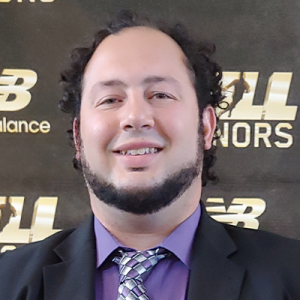
Categories
Related Articles
